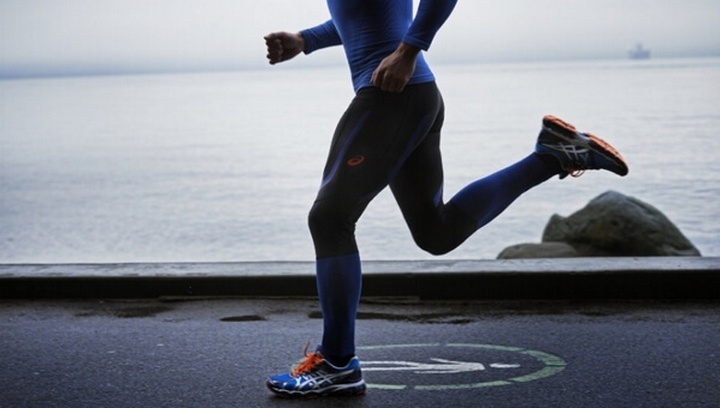Exercise that puts stress on the bones is much more effective for maintaining bone health.
This conclusion was made by researchers of the health status of mountain marathon runners and presented their results at the European Congress of Endocrinology.
In parallel, another study from Milan showed that cyclists participating in ultra-endurance races often suffer from chronic bone resorption – when calcium is released from the bones into the bloodstream and thereby weakened bone strength.
Scientists measured two vital constituents of bone tissue, as well as hormone levels associated with regulating energy levels. Osteocalcin and P1NP are two types of protein that are indicators of bone health as they are associated with bone formation. Glucagon, leptin and insulin are just those hormones that are involved in the regulation of metabolism and indicate the energy needs of the body. Increased glucagon levels indicate the body’s need for energy, while rising insulin and leptin levels signal excessive energy levels.

Researchers measured these three hormones, as well as osteocalcin and P1NP levels in 17 trained runners before and after the 65 km mountain race, and compared them to the hormones and bone components of adults of the same age who did not run a marathon but did moderate exercise. …
The runners had higher levels of glucagon and lower levels of leptin and insulin after the end of the race. And the recorded decrease in the level of osteocalcin and P1NP indicated a temporary diversion of energy from the formation of bone tissue to the body’s needs for significant amounts of energy. However, the P1NP level of the runners was still higher than that of the control group of non-runners. This allowed the scientists to conclude that people with an increased risk of weakening of the bone tissue are advised to run more often.
Running puts more stress on bones than swimming or cycling, which stimulates the pancreas to produce more energy and nutrients to maintain bone strength. Bone health is linked to the functioning of other organs and tissues in the body, as well as its energy needs, and this complex interdependence is key to preventing osteoporosis and diabetes.


